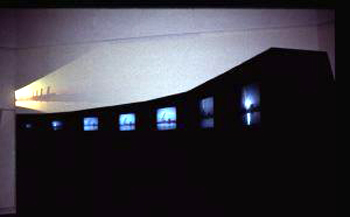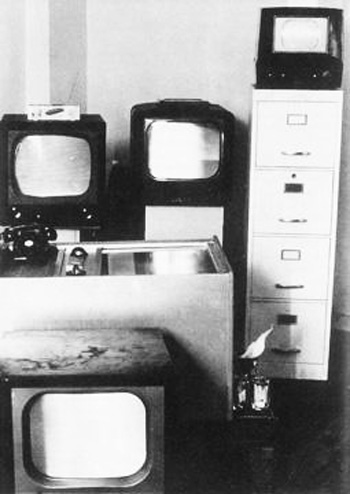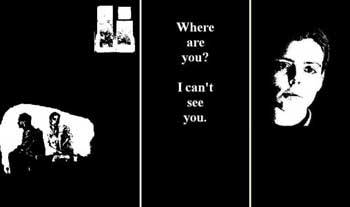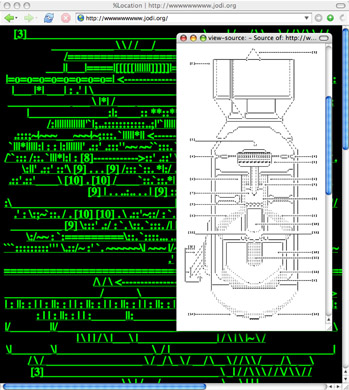
<3 Net Art. However, there are a few issues with Net Art that I find
somewhat worrisome as it moves into the future and becomes an
institutional medium.

Recently I had a conversation with a friend about the historical
reification of video as a medium, about how funding sources and
institutional support (and lack thereof) contributed to the creation of
a weird system that sort of doomed the medium to work against itself
and ghettoize all makers into strict molds. From this schism that
happened around the time that the Rockefeller Foundation started
funding Video Art and competition for these grants came the very weird
divide between the white cube of the gallery/museum and the black cube
of the screening venue. As some artists chose galleries and museums,
collectors and editions for their work, others chose film festivals,
screening series and a television audience that never materialized.
Movement between these modes of dissemination was and still is very
difficult and near impossible*. This confused state of affairs, along
with the near-impossibility of actually experiencing the work
first-hand led to a moment in art history that runs the risk of being
lost completely unless art historians don’t get to work on it quickly.
The founders are dying and they will take their stories to the grave
with them.

My point here is that the early history of Video Art and Net Art up to
now have a ridiculous amount of things in common and practitioners of
the latter would do well to research the history of the former if they
intend their art to successfully navigate the gigantic technical,
economic, archival and social changes in the creation and reception of
the work that are bound to come at any moment, now that institutions
like the New Museum have anointed the medium. Hopefully organizations
like the amazing Rhizome can provide the guidance and support that this
movement requires, as well as undertaking the absolutely essential task
of fostering scholarly dialog and writings to provide an appropriate
(and easily available, thank you internet) vocabulary for the
appreciation of Net Art and preserve the history and context of this
particular moment in the history of art (and technology) for future
generations.

*However, the system is slowly eroding, partly because of the threatened
state of film festivals in this country, partly because of a dearth of
scholarly writing on Video Art and its history that has led to a
near-pervasive lack of understanding of the material quality of video
and partly because of an (up to now) voracious market for the newest
and coolest stuff.
– the management



